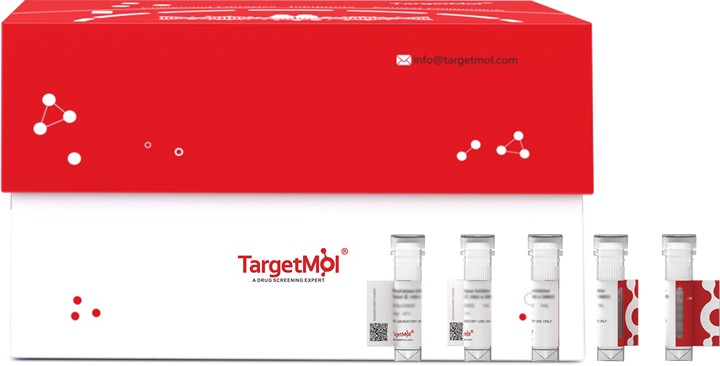Shopping Cart
Remove All Your shopping cart is currently empty
Your shopping cart is currently empty
GIP Protein, Human, Recombinant (hFc) is expressed in HEK293 mammalian cells with hFc tag. The predicted molecular weight is 34.9 kDa and the accession number is P09681.

| Pack Size | Price | USA Warehouse | Global Warehouse | Quantity |
|---|---|---|---|---|
| 5 μg | $79 | 7-10 days | 7-10 days | |
| 10 μg | $129 | 7-10 days | 7-10 days | |
| 20 μg | $208 | 7-10 days | 7-10 days | |
| 50 μg | $419 | 7-10 days | 7-10 days | |
| 100 μg | $812 | 7-10 days | 7-10 days |
| Biological Activity | Immobilized Human GIP, hFc Tag at 0.5 μg/ml (100 μl/well) on the plate. Dose response curve for Biotinylated Anti-GIP Antibody, hFc Tag with the EC50 of 88.1 ng/ml determined by ELISA. |
| Description | GIP Protein, Human, Recombinant (hFc) is expressed in HEK293 mammalian cells with hFc tag. The predicted molecular weight is 34.9 kDa and the accession number is P09681. |
| Species | Human |
| Expression System | HEK293 Cells |
| Tag | C-hFc |
| Accession Number | P09681 |
| Synonyms | GIP,gastric inhibitory polypeptide |
| Construction | Glu22-Gln93 |
| Protein Purity | > 95% as determined by Tris-Bis PAGE; > 95% as determined by HPLC |
| Molecular Weight | 34.9 kDa (Predicted); 40-50 kDa (Due to glycosylation) |
| Endotoxin | Less than 1EU per μg by the LAL method. |
| Formulation | Lyophilized from 0.22μm filtered solution in PBS (pH 7.4). Normally 8% trehalose is added as protectant before lyophilization. |
| Reconstitution | Reconstitute the lyophilized protein in distilled water. The product concentration should not be less than 100 μg/ml. Before opening, centrifuge the tube to collect powder at the bottom. After adding the reconstitution buffer, avoid vortexing or pipetting for mixing. |
| Stability & Storage | It is recommended to store recombinant proteins at -20°C to -80°C for future use. Lyophilized powders can be stably stored for over 12 months, while liquid products can be stored for 6-12 months at -80°C. For reconstituted protein solutions, the solution can be stored at -20°C to -80°C for at least 3 months. Please avoid multiple freeze-thaw cycles and store products in aliquots. |
| Shipping | In general, Lyophilized powders are shipping with blue ice. Solutions are shipping with dry ice. |
| Research Background | The potential application of glucose-dependent insulinotropic polypeptide (gastric inhibitory polypeptide, GIP) in the management of obesity and type 2 diabetes has been controversial. Initial interest in the therapeutic use of GIP was dampened by evidence that its insulinotropic activity was reduced in type 2 diabetes and by reports that it increased glucagon secretion and adipose deposition in non-diabetic individuals. |
| Size | Quantity | Unit Price | Amount | Operation |
|---|

Copyright © 2015-2026 TargetMol Chemicals Inc. All Rights Reserved.